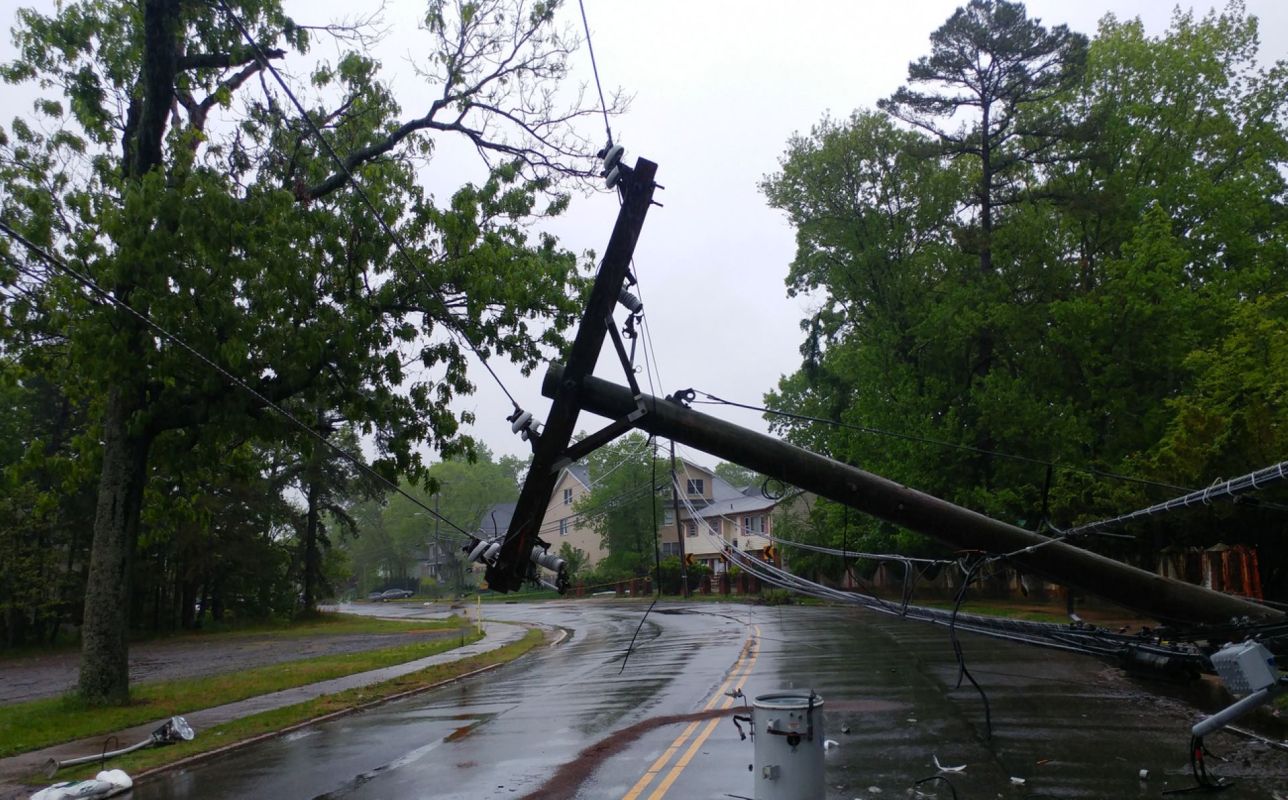A huge storm has hit the East Coast, causing widespread power outages and at least five deaths. And as we have seen so many times in recent years, the effects of the storm have been unusually intense due to the changing weather patterns and rising temperatures that have resulted from human-caused pollution.
What is happening?
The storm has led to 750,000 utility customers losing power, according to NBC. It has also come with a number of scary superlatives. Winds south of Boston have reached 90 miles per hour, the highest levels since 1996.
The National Weather Service tweeted that "significant coastal flooding is expected along the entire Rhode Island coastline."
Seas building rapidly with the buoy southeast of Block Island reporting 20 ft waves at 9 AM! As high tide approaches (12 PM -1 PM), significant coastal flooding 🌊 is expected along the entire Rhode Island coastline, including towns along Narragansett Bay. #RIwx #Flood pic.twitter.com/ggMNWS1HBB
— NWS Boston (@NWSBoston) December 18, 2023
And Charleston, South Carolina, faced widespread flooding, with its fourth-highest tide level on record and by far its highest tide for a non-tropical storm. All along the East Coast, similar effects have been felt.
Why is this concerning?
As temperatures continue to rise globally and weather patterns continue to be altered, storms are only getting more and more intense. Typically, a December storm of this nature would produce a lot of snow. However, due to our unnaturally warm winter, the East Coast has been hit with massive rain instead — correlating with high levels of flooding.
As long as temperatures continue to rise, largely as a consequence of our reliance on dirty energy sources like oil and gas, we can expect these types of storms to only get worse and more destructive. Due to those higher average temperatures and the fact that "warmer air holds more moisture," as NASA Climate succinctly puts it, more precipitation will fall on average when storms form.
What is being done about it?
The best and most immediate way to combat the threat of rising global temperatures is to convince our reluctant government to divest from dirty energy sources and turn instead to clean renewables like wind and solar.
However, if you would like to feel better about this issue on an individual level, you can always take steps in your own home to use less and cleaner energy, among other ways to adjust your own impact.
Join our free newsletter for cool news and actionable info that makes it easy to help yourself while helping the planet.









